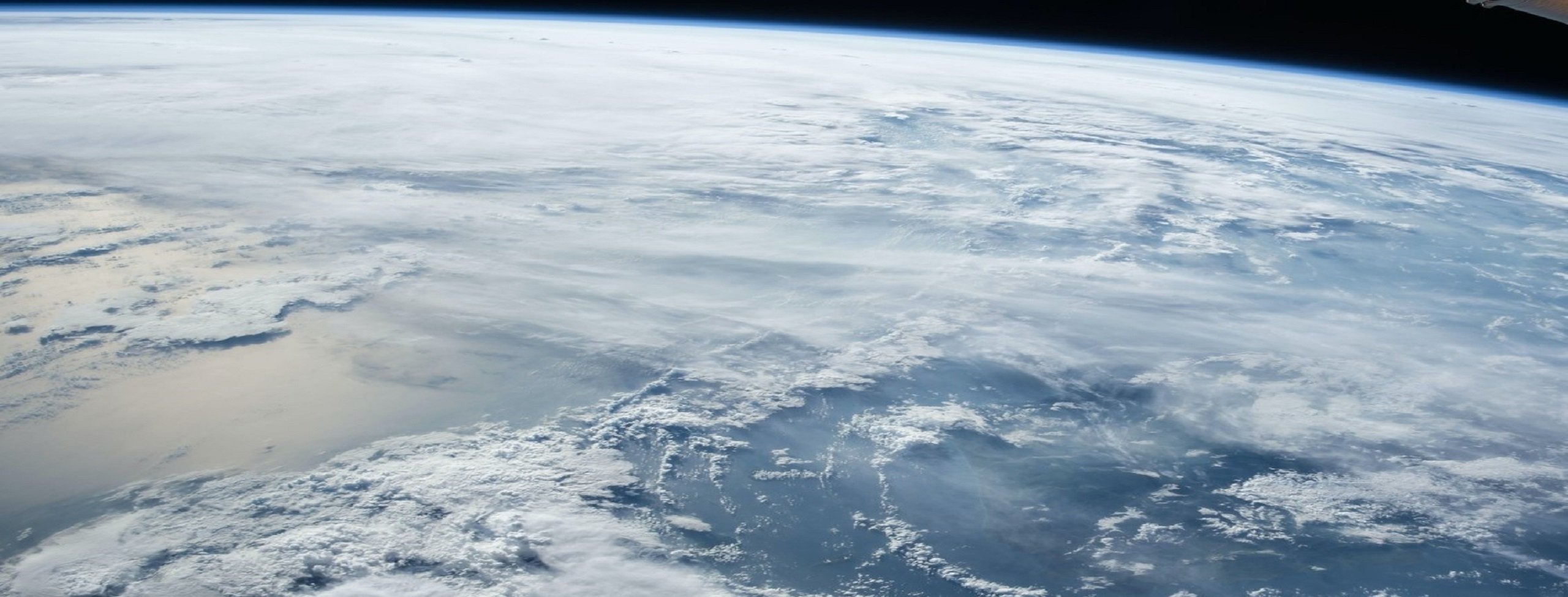
9 May 2024 • 9 minute read
Japan’s carbon neutrality strategy relies heavily on hydrogen – and North America could provide it
Japan was an early proponent of the use of hydrogen for decarbonization, publishing its first hydrogen strategy in 2017, and the substance continues to be a critical part of Japan’s strategy to decarbonize its economy and achieve carbon neutrality in 2050.
The Japanese government has committed significant funding to developing its hydrogen production capabilities, including plans to establish three large-scale hydrogen hubs. However, the government also recognizes it will likely need to import substantial quantities of hydrogen and is assessing options for sourcing additional low-carbon hydrogen abroad.
North America could be an attractive source of hydrogen for Japan. The continent’s abundant natural gas and suitability for underground carbon storage create significant opportunities for manufacturing low-carbon “blue” hydrogen, and the Inflation Reduction Act (IRA), passed in August 2022, has authorized billions of dollars in tax credits, grants, and other funding for hydrogen. In addition, the bipartisan infrastructure act passed in 2021 provided USD8 billion in funding for the development of “hydrogen hubs” in strategic locations across the US. Canada has similarly adopted an aggressive hydrogen strategy that, in addition to relying on hydrogen for nearly 30 percent of its domestic decarbonization efforts, aims to make Canada one of the top exporters of hydrogen.
The hydrogen economy remains in its infancy – far more projects have been planned or proposed than have broken ground, and demand for hydrogen today is a fraction of the demand estimated in 2030, let alone in 2040 or 2050. As such, offtake of hydrogen produced by these planned facilities remains largely up for grabs. As an early adopter of hydrogen, Japan is in a strong position to secure long-term contracts to supply its growing hydrogen demand in the years to come.
Japan’s hydrogen strategy
Japan was the first country to release a national hydrogen strategy, and it continues its leadership by promoting the development of its domestic hydrogen industry and international supply chains. Japan’s strategy, most recently revised in 2023, sets a production target of 12 million tonnes of low-carbon hydrogen by 2040. Historically, Japan’s focus was on using low carbon hydrogen in fuel cells for residential and transportation applications; however, the revised strategy has shifted its emphasis to using low-carbon hydrogen for industrial decarbonization.
As a result of its early focus, Japan is a leader in fuel cell technology, especially FCEVs, and Japanese leaders are seeking to export this technology to the rest of the world. Japanese policymakers see innovation in low-carbon hydrogen technologies as essential for achieving cost reductions, improving efficiency, and expanding the range of applications for low carbon hydrogen across various sectors. The revised hydrogen strategy published in 2023 includes plans to decarbonize various sectors, including electric power generation (fuel cell, use in power generation turbines), transportation (automobile, shipping, aircraft, railway), and industries (steelmaking, chemical, petroleum refining). Many of these industries already consume significant quantities of “grey” hydrogen produced from natural gas; as such, the infrastructure to utilize clean “green” or “blue” hydrogen is already largely in place.
The Japanese government plans to spend JPY3 trillion (USD20.3 billion), financed through green transformation (GX) transition sovereign bonds, over the next 15 years to subsidize the production, storage, distribution, and utilization of cleaner hydrogen, aiming to enhance cooperation with the private sector.
In addition, the Green Innovation Fund will invest approximately USD14 billion directly in hydrogen-related research and development over the next ten years, and aims to stimulate an additional USD10 billion in private investment over that same period.
Finally, the country has announced plans to subsidize the use of lower-carbon hydrogen through a contract-for-differences (CfD) subsidy in order to close the price gap with traditional “grey” fossil-fuel hydrogen.
This CfD program appears to have created considerable interest among potential importers lower-carbon hydrogen into Japan as they seek to accelerate new projects to ensure that they qualify.
Unprecedented funding for hydrogen in the US
The passage of the IRA in August 2022 marked a significant turning point in US policy with substantial funding and incentives available for the development of low-carbon hydrogen production. The IRA was followed by the Biden Administration issuing a National Clean Hydrogen Strategy and Roadmap in June of 2023, which sets some of the most ambitious hydrogen production targets on the planet: 10 million tonnes by 2030, 20 million by 2040, and 50 million tonnes by 2050. And the Strategy and Roadmap is equally ambitious when it comes to price – aiming to cut the cost of producing a kilogram of clean hydrogen to USD2 by 2026 and USD1 by 2030, down from USD3-12 per kilogram today, depending on the estimate.
Following release of the Roadmap and Strategy, on October 13, 2023, DOE announced the award of approximately USD1 billion each to seven regional hydrogen hubs, two of which will produce hydrogen solely from renewable power (including biomass), three that will utilize a mix of renewable power and natural gas, and one that will focus solely on “blue hydrogen” produced from natural gas.
The Strategy and Roadmap and amount of subsidies are significantly larger in scale than similar national programs in other countries, most notably Australia, which rolled out its Hydrogen Headstart Program providing AUD2 billion of grant funding in October 2023 to support green hydrogen facilities producing through electrolysis. Australia has been a “hydrogen pioneer,” implementing a national hydrogen strategy in 2019.
In addition, the IRA created or extended eight types of tax credits to support decarbonization and clean fuel production. For purposes of hydrogen, the most important of these is the 45V Clean Hydrogen Production Credit, which provides up to USD3/kg to producers of hydrogen based on the carbon intensity of the production process. Crucially, 45V credits are both transferable and eligible for direct pay. 45V credits cannot be “stacked” with other fuel- or CCS-related credits under the IRA; however, they can be stacked with the 48E Clean Electricity Investment Credits, and will likely be stackable with credits from state-administered renewable fuels programs such as California’s Low Carbon Fuel Standard, as the receipt of a tax credit does not imply a claim on emissions reductions related to the hydrogen.
On December 22, 2023, the IRS and the Department of the Treasury issued proposed regulations for Section 45V that set forth “three pillars” required for eligibility for the credits:
- “Incrementality,” meaning that sources of clean power to produce the hydrogen began commercial operations (or capacity for an existing facility was increased) no more than 36 months prior to the hydrogen facility commencing operation
- “Temporal matching,” meaning that the power used to produce hydrogen is generated within the same hour as the hydrogen matched with such power (until 2028, power may be matched on an annual basis rather than hourly), and
- “Deliverability,” meaning that the energy is sourced from the same region where the hydrogen production facility is located.
Compliance with the three pillars will be tracked and enforced through generation and retirement of “energy attribute certificates,” a category that includes RECs (renewable energy certificates). These requirements mirror the requirements of the European Union’s Renewable Energy Directive classifying electricity used to produce hydrogen as “fully renewable.”
Industry’s reaction to the three pillars in the US has been mixed, however; for example, the American Clean Power Association has criticized the hourly matching requirement, arguing that projects beginning construction before 2029 should receive a ten-year exemption from the requirement to jump-start more projects. Despite the criticism, most of the new hydrogen projects that have been announced are paired with new renewable generation and are likely compliant with the three pillars.
Canada’s hydrogen strategy
Canada released its national Hydrogen Strategy on December 16, 2020, which lays out a three-phase strategy for developing its hydrogen economy. The first stage, lasting until 2025, will focus on planning development of new infrastructure for hydrogen production, including the identification of hubs for production; funding will be directed primarily to mature applications that are close to commercial viability. The second phase, between 2025 and 2030, will emphasize growing hydrogen production and diversifying its use across industrial sectors. The third phase, through 2050, aims to expand the market for hydrogen, commercializing transportation applications, and adding distribution infrastructure.
Canada’s strategy estimates that the Canadian domestic market could reach CAD50 billion per year by 2040 and provide up to 30 percent of Canada’s energy. But, unlike its US counterpart, Canada’s strategy expressly sets a goal of creating “an established and competitive export hydrogen market,” noting that global demand in 2050 could be as high as CAD2.5 trillion per year. The strategy notes that Canada’s abundant clean electricity supplies, biomass resources, and CCS potential create many pathways to producing low-carbon hydrogen, and its existing natural gas, pipeline and port infrastructure facilitate the development of a robust export industry. Finally, the strategy identifies five key target markets for Canadian hydrogen: the US, Japan, South Korea, China, and the European Union.
Canada has backed up its commitment to the national Hydrogen Strategy with a number of number of funding initiatives. Most notable of these is the Net Zero Accelerator, providing CAD8 billion in funding to decarbonization projects, with priority for those projects that begin reducing emissions prior to 2030. A variety of provincial investment programs in Alberta support similar goals, including programs to continue to develop CCS and to develop Edmonton as a “hydrogen hub.”
Key takeaways:
- Countries around the world are adopting hydrogen strategies as part of their larger decarbonization plans.
- The US and Canada have implemented a number of incentives aimed at hydrogen production. In addition, abundant natural gas, wind, solar, and geologic storage resources have created potential for these countries to be major exporters of hydrogen.
- Japanese policy has focused on incentivizing the use of hydrogen for industrial decarbonization, and contemplates significant imports of hydrogen from oversees.
- Exports of hydrogen from North America to Japan may benefit from incentives on both sides of the trade route.
For more information, please contact the authors.


